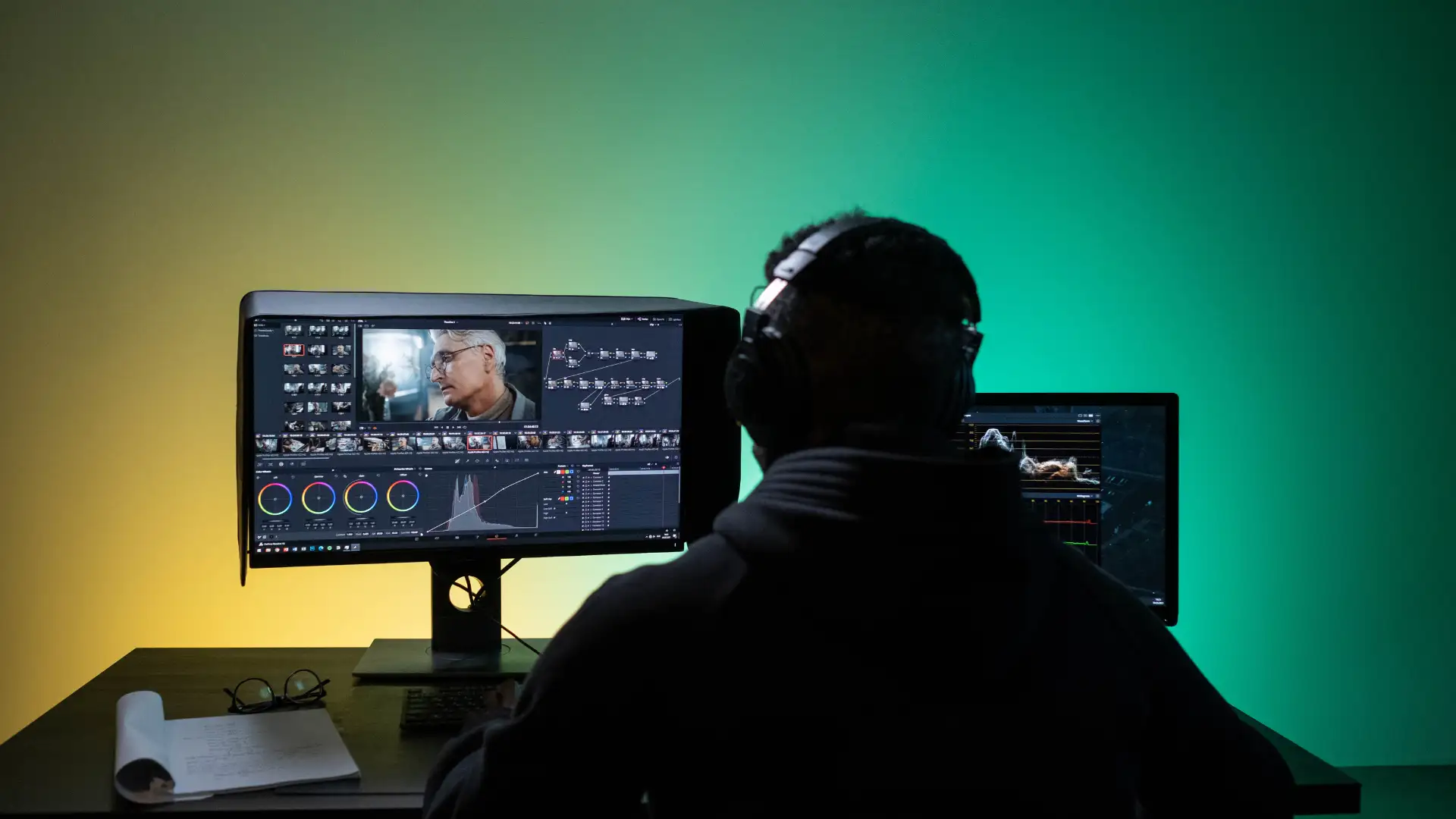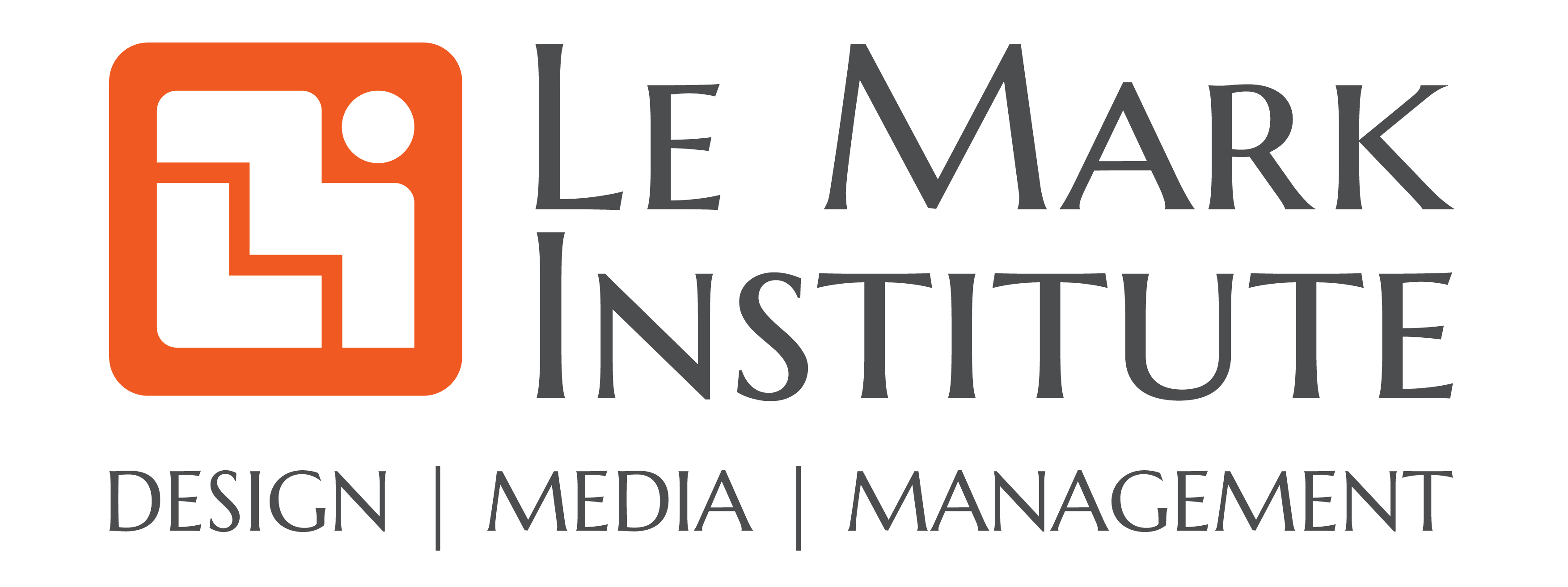In the age of streaming, gaming, and digital content, the Animation and VFX (Visual Effects) industry is booming. From blockbuster films and OTT series to advertising, virtual reality, and gaming, skilled animators and VFX artists are in high demand. If you’re passionate about storytelling, characters, or visual magic, a career in Animation and VFX could be the perfect fit.
This blog is your step-by-step guide to building a successful Animation and VFX career from education and tools to job roles and future scope.
Why Choose a Career in Animation and VFX?
A career in animation and visual effects blends creativity with technology. It allows you to bring characters, creatures, and entire worlds to life all from a digital studio. The global Animation and VFX industry is expected to grow by over 10% annually, especially with rising demand from OTT platforms, digital marketing, and gaming.
Top Reasons to Choose Animation & VFX:
- High demand across film, gaming, advertising & digital content
- Global career opportunities & remote work potential
- Visually creative and tech-driven field
- Opportunity to work with entertainment giants (Disney, Netflix, Marvel, etc.)
- Freelance flexibility or studio placements
Step-by-Step Guide to Build a Career in Animation and VFX
Step 1: Understanding Animation & VFX Roles
Wondering how to turn your interest in animation or visual effects into a full-fledged career? Here’s a detailed step-by-step roadmap that will take you from curious beginner to industry-ready professional. Whether you’re in school, college, or already exploring creative fields, these steps will help you build a solid foundation and career path in the ever-growing Animation and VFX industry.
Before you take the plunge, it’s essential to understand the core functions and roles in the industry so you can align your skills and interests accordingly.
What Is Animation?
Animation is the process of creating movement and performance for characters, objects, and environments using digital tools. It gives life to static visuals and is used across. There are different types of animation:
- 2D Animation (flat drawings or vector graphics)
- 3D Animation (realistic characters and environments)
- Stop-motion and cut-out animation (used in niche and creative formats)
- Motion Graphics (used extensively in branding, advertising, and digital media)
What Is VFX (Visual Effects)?
Visual effects (VFX) blend computer generated imagery (CGI) with live‑action footage, creating scenes that are otherwise difficult or impossible to capture. They’re widely used in films, television, games, and advertising
- Films and OTT content (explosions, magical effects, creatures, or fantasy environments)
- Action sequences and stunts
- Advertisements (product showcases, creative transitions)
- Music videos (abstract and surreal visuals)
- Games, VR/AR, and simulation projects
VFX includes sub-domains such as
- Compositing—Merging live-action with digital elements
- Rotoscoping—Cutting out elements from footage for VFX layering
- 3D Modeling and Texturing—Building digital characters, props, and sets
- Simulation Effects—Creating water, fire, smoke, weather, etc.
- Color Grading and Match moving—Enhancing visual tone and integrating effects seamlessly
Why It Matters to Understand These Roles
Understanding the difference between Animation and VFX early on helps you:
- Identify your strengths (drawing, storytelling, technology, design, etc.)
- Choose the right course or specialization
- Set clear career goals (e.g., animator vs. VFX artist vs. compositor)
- Build a relevant portfolio
- Target studios or sectors that match your interests.
Real-Life Example:
A 3D Animator might work on character movements for a children’s cartoon, while a VFX Compositor might work on integrating fire and debris into a live-action war movie. Both roles are creative but require different mindsets and skills.
Step 2. Enroll in an Animation & VFX Course
Starting a career in Animation and VFX begins with choosing the right course one that aligns with your current education level and long-term goals.
For Students After 10th
If you’ve completed your 10th standard and want to enter the creative field early, you can opt for:
- 1-Year Certificate Course—Perfect for exploring your interest and learning the basics.
- 2-Year Diploma Course—Offers in-depth skill development and practical exposure.
- 3-Year Professional Diploma—Designed for students serious about pursuing a long-term creative career right after school.
Explore Animation and VFX Courses
These courses help you start early, build a strong creative foundation, and prepare for a future in media, gaming, or entertainment industries.
For Students After 12th (Any Stream)
Students who’ve completed their 12th can choose from flexible career-building options:
Option 1: Bachelor’s Degree in Animation & VFX
A comprehensive 3-year degree designed for those looking to establish themselves in the industry with structured academic and career support.
This path is ideal if you want to focus entirely on a professional career in Animation and VFX.
Option 2: Dual Qualification Courses
Pursue a traditional undergraduate degree like B.Com, BMS, BBA, or BMM, while simultaneously enrolling in a animation or vfx diploma course.
This allows you to gain both academic credentials and creative expertise enhancing your resume and giving you a competitive advantage in the job market.
Step 3. Learn Industry-Standard Animation & VFX Tools
Once you enroll in a professional Animation & VFX course, one of the most crucial parts of your training will involve mastering industry-standard software tools. These tools are what bring imagination to life whether you’re animating a character, creating magical effects, or editing a cinematic sequence.
While every good course will introduce you to these applications through hands-on learning, it’s important to understand which tools are essential and why professionals rely on them across studios worldwide.
Below is a list of the most widely used software in the industry each one catering to different aspects of Animation and VFX:
Top Animation & VFX Software You Should Know
| Software | Used For |
|---|---|
| Adobe After Effects | Motion graphics, visual effects, title animation, compositing |
| Autodesk Maya | 3D modeling, character rigging, keyframe animation, simulation |
| Blender | Free and powerful 3D modeling & animation (ideal for beginners & freelancers) |
| Adobe Premiere Pro | Video editing, clip sequencing, and color grading |
| Nuke | Node-based compositing for advanced visual effects and post-production |
| ZBrush | High-detail digital sculpting for characters, creatures, and props |
| Houdini | Advanced procedural effects great for simulations like smoke, fire, water |
Step 4. Create a Standout Portfolio or Demo Reel
Once you’ve completed your course, gained practical experience with industry-standard software, and earned your certification, the next crucial step in launching your career is building a professional portfolio or demo reel.
This is one of the most important tools for anyone entering the Animation and VFX industry.
Why a Portfolio Matters
In creative industries like animation and VFX, your portfolio speaks louder than your qualifications or résumé. Studios and clients want to see what you can actually create your sense of design, timing, storytelling, and technical proficiency.
A well-made portfolio is your ticket to:
- Landing your first job or internship
- Impressing recruiters and creative directors
- Getting freelance clients
- Applying to top studios, production houses, or game companies
What Should Your Demo Reel Include?
Your portfolio should be short and engaging and showcase your strongest work first. Tailor it to the kind of role you’re applying for Animator, VFX Artist, Compositor, Motion Graphic Designer, etc.
Here are key elements to include:
| For Animation Roles | For VFX & Compositing Roles |
|---|---|
| Character animations | Before & after VFX shots |
| Walk cycles and lip-sync clips | Compositing breakdowns |
| Emotion and acting sequences | Rotoscoping, tracking, match-moving scenes |
| Game animation samples | Simulated effects (fire, water, particles) |
| Motion graphics transitions | Matte paintings, environment design |
Pro Tips for a Strong Portfolio:
Keep your demo reel under 2 minutes and focus on showcasing only your best, most polished work. Use music that complements the visuals without being distracting. Add brief text overlays to highlight your specific role in each project. Always include your contact details and a link to your full portfolio or website. Make sure to regularly update your reel with your latest and strongest work.
Where to Host and Share Your Portfolio:
Make it easy for recruiters to access your work by uploading it to:
- YouTube or Vimeo
- ArtStation or Behance
- Your personal website or portfolio page
- Google Drive or Dropbox (as view-only links)
You can also share your reel as part of your LinkedIn profile or online resume when applying to companies.

Step 5. Gain Practical Experience
Internships, freelance work, or student projects help you understand client expectations and creative deadlines. Look for:
- Short-term studio internships
- Live projects in advertising or YouTube content
- Working with indie filmmakers or animators
- Collaborating on gaming or AR/VR prototypes
Step 6. Choose Your Career Path in Animation & VFX
Once trained, you can specialize in any of the following exciting roles:
| Job Role | What You Do |
|---|---|
| 2D/3D Animator | Create movement and actions for characters or objects |
| VFX Artist | Add special effects like explosions, water, smoke, etc. |
| Compositor | Blend live footage with CGI and digital elements |
| Storyboard Artist | Draw visual plans for scenes |
| Character Designer | Create visual look for characters in games/films |
| Game Animator | Work on real-time motion in games |
| Motion Graphics Designer | Create animated visuals for ads, apps, music videos |
Career Scope and Salary Trends
| Role | Starting Salary (INR) | Growth Potential |
|---|---|---|
| Junior Animator | ₹2.5–4.5 LPA | High |
| VFX Artist | ₹3–6 LPA | Very High |
| Compositor | ₹4–8 LPA | High |
| Art Director (VFX/Animation) | ₹10–18 LPA | Excellent |
| Freelance Animator/VFX | Variable/Project-Based | Scalable |
Top recruiters: Technicolor, MPC, Red Chillies VFX, Prime Focus, DNEG, DreamWorks, Pixar, Disney, Marvel Studios, Netflix, and many ad studios.
Final Thoughts: Is Animation and VFX Right for You?
If you love bringing imagination to life, storytelling through visuals, or building fantasy worlds with technology, then Animation and VFX offer an exciting, creative, and future-proof career path. With the right training and portfolio, you can work with top studios, filmmakers, or even launch your own content.
Still not sure which is right for you? Attend a Free Demo Class and experience both fields firsthand. It’s time to turn your creative dreams into reality.




